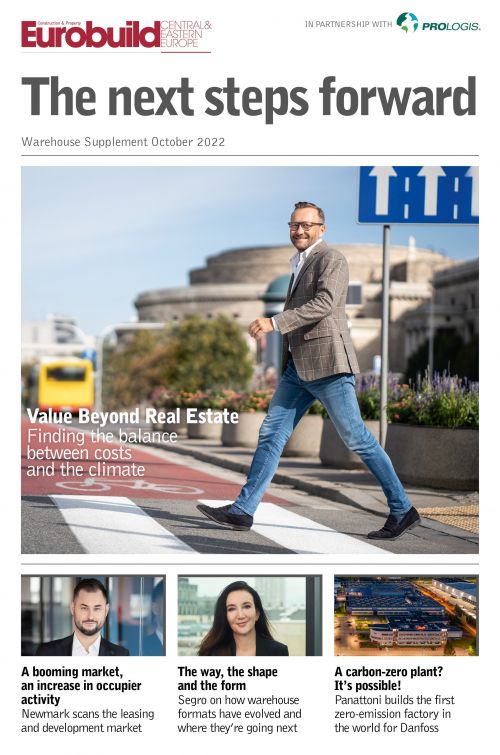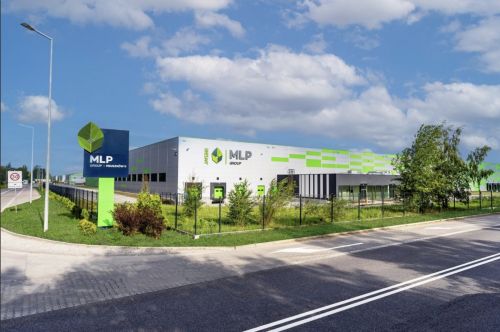“We were waiting to summarise the data for the first six months with a degree of uncertainty, but it paints a positive picture. The Polish industrial market continues to power ahead, with 1.15 mln sqm of warehouse space delivered in the second quarter alone. Another 4.35 mln sqm is underway. Speculative construction accounts for 48 pct of the total development pipeline, equating to 2.1 mln sqm, up by 0.9 mln sqm from a year ago. The overall vacancy rate currently stands at 3.3 pct, which represents a decrease of close to 2 pp on the same time last year,” reveals Damian Kołata, a partner, head of the industrial and logistics agency in Poland, and CEE e-commerce head at Cushman & Wakefield.
Record high H1 leasing activity
More importantly, the total demand in the first half of the year reached 3.8 mln sqm, of which over 2 mln sqm was leased in the second quarter. This means that the figure for the first six months increased by 12 pct y-o-y and by 70 pct compared to































































